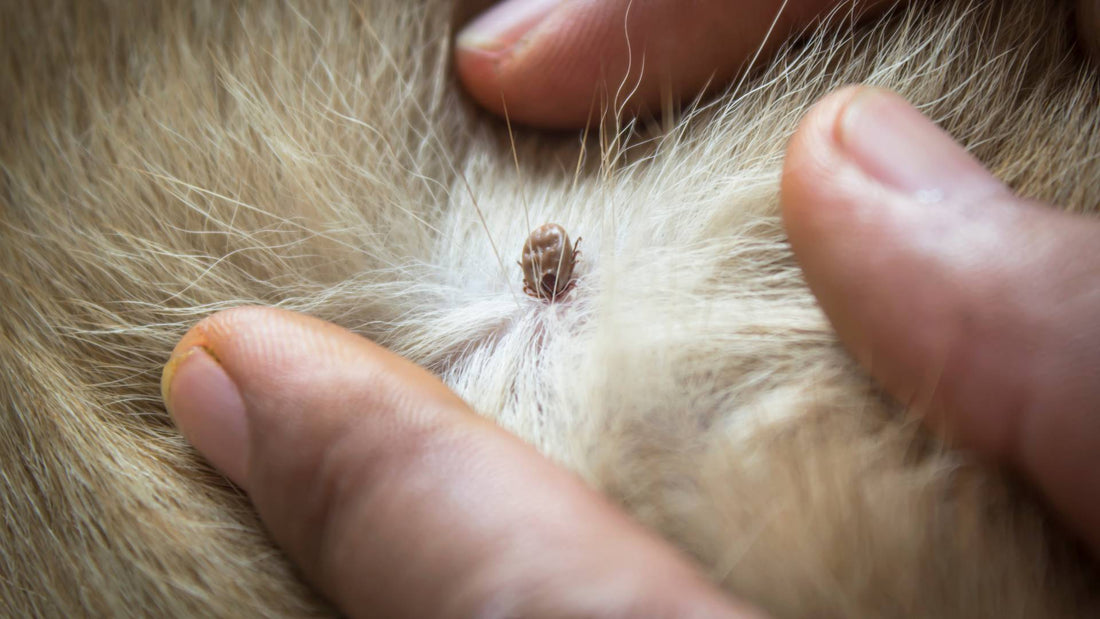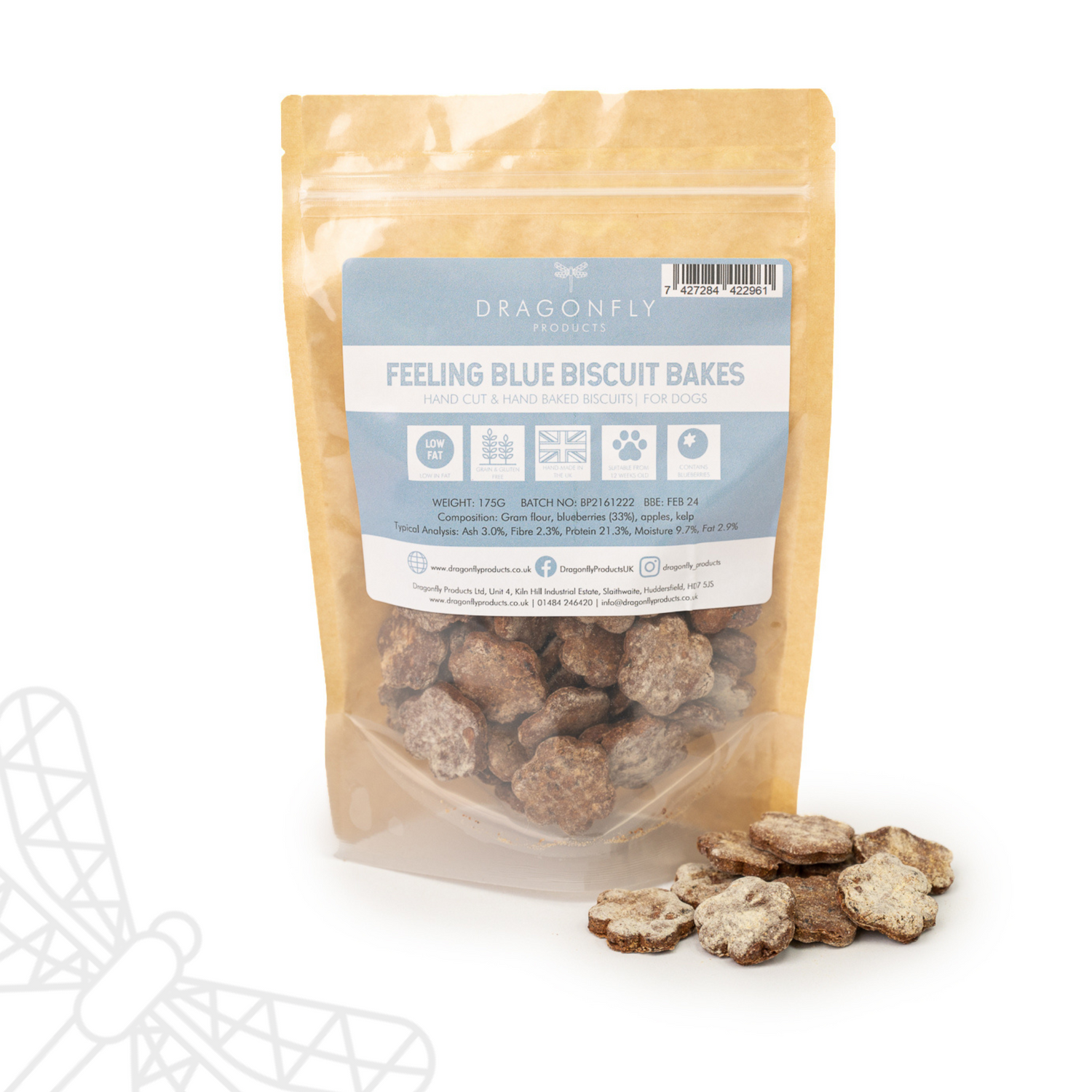
Tick Removal, Prevention and Treatment
A tick is still a small arachnid belonging to the subclass Acari. Ticks in the UK are known to feed on the blood of mammals, birds, and sometimes reptiles. They are commonly found in grassy and wooded areas, particularly in areas with high vegetation. Ticks in the UK can transmit diseases such as Lyme disease, which is caused by the bacterium Borrelia burgdorferi, and other pathogens.
In addition to being a nuisance due to their bites, ticks in the UK can pose health risks to humans and animals by transmitting diseases.
Table of Contents
- When are ticks most active?
- How to remove a tick from your dog?
- Top 14 Myths about Tick Removal
- 1. If you are not careful, you will leave the tick’s head in!
- 2. If you don’t remove a tick correctly, you’ll leave the legs in!
- 3. Ticks can be suffocated so they drop off on their own
- 4. If you burn or freeze off a tick it won’t leave its head in!
- 5. You turn the tick clockwise / anti-clockwise and it will come off more easily!
- 6. Taking off a tick with your fingers / finger nails is the best method of removal!
- 7. You can see if a tick’s head has broken off by checking it after removal!
- 8. If the bite area is dry, the tick hasn’t regurgitated!
- 9. If an attached tick hasn’t fed, it’s safe!
- 10. If you don’t get a tick out quickly, it will burrow right into the body!
- 11. If you leave a tick’s head in it will grow a new body!
- 12. If you surprise a tick, it won’t grip on!
- 13. If you twiddle a tick in a circular motion it lets go!
- 14. If you leave a tick in, it will lay eggs inside you!
When are ticks most active?
In the UK, ticks are most active during the warmer months, typically from spring to autumn. However, they can still be active during milder periods in winter if the temperature remains above freezing. The peak activity of ticks tends to coincide with periods of increased outdoor activity, such as hiking, camping, and gardening, when people are more likely to come into contact with tick-infested areas.
While ticks may be more prevalent during certain times of the year, it's important to be aware that they can be active year-round, especially in areas with mild climates or where suitable habitats are present. Therefore, it's essential to take precautions to prevent tick bites and to conduct regular tick checks on yourself, your family members, and pets after spending time outdoors, regardless of the season.
How to remove a tick from your dog?
Knowing how to properly remove a tick from your dog is essential for their health and well-being. If you are not confident doing it yourself, ask your groomer or vet to do it for you.
- Gather Supplies: You'll need fine-tipped tweezers or a specialised tick removal tool, gloves (optional), rubbing alcohol or antiseptic solution, and a container to dispose of the tick.
- Prepare: Position yourself and your pet in a well-lit area with good visibility. If you're removing a tick from your pet, it might help to have someone else hold them steady.
- Grasp the Tick: Using the tweezers or tick removal tool, grasp the tick as close to your skin or your pet's skin as possible, right where it's attached.
- Remove Slowly and Steadily: Pull the tick straight out with steady, gentle pressure. Avoid twisting or jerking, as this can cause the tick's mouthparts to break off and remain lodged in the skin.
- Check for Mouthparts: After removing the tick, check to ensure that you've removed the entire tick, including its mouthparts. If any part of the tick remains embedded, try to gently remove it with the tweezers.
- Clean the Area: Clean the bite area and your hands with rubbing alcohol or an antiseptic solution.
- Dispose of the Tick: Place the tick in a container with rubbing alcohol or flush it down the toilet. Do not crush the tick with your fingers, as this can release infectious material.
- Monitor: Keep an eye on the bite site for any signs of infection or inflammation. If you notice any unusual symptoms, contact a healthcare professional for further guidance.
Top 14 Myths about Tick Removal
Misinformation regarding tick removal persists through the Internet and common folklore, potentially heightening the risk of infection. Here, we debunk prevalent myths about tick removal frequently encountered.
1. If you are not careful, you will leave the tick’s head in!
False. Ticks do not possess heads. What is visible is the 'Capitulum,' consisting of sensory palps and mouthparts, directly connected to their body. Only minuscule cutting limbs and a barbed feeding tube (too small to be discerned with the naked eye) penetrate the skin. Nonetheless, the tick forms a pit in its host's flesh where its body rests, giving the impression that it has burrowed deep into the skin.
2. If you don’t remove a tick correctly, you’ll leave the legs in
False. As a tick engorges with blood, its body enlarges, obscuring its legs and mouthparts beneath its swollen abdomen. Only its mouthparts are embedded into the skin to extract blood.
3. Ticks can be suffocated so they drop off on their own
False. A tick breathes through small openings on its sides called 'spiracles.' Its breathing rate is typically low, averaging around 1 to 15 times per hour. Attempts to suffocate a tick using substances such as alcohol, aftershave, oils, butter, paraffin, petroleum jelly, or nail polish may cause the tick to regurgitate saliva and gut contents as it tries to detach from the irritating solution. While this method may prompt the tick to detach, it could also elevate the risk of disease-causing organisms entering the bloodstream of the host, whether a person or an animal.
4. If you burn or freeze off a tick it won’t leave its head in!
False. Ticks lack heads, as mentioned earlier. Applying heat to a tick (using a cigarette end, hot match, or cigarette lighter) or freezing it (with a freezing spray or ice) can lead to the expulsion of fluids from the tick, including saliva and gut contents, into the bloodstream of the host. These fluids may harbour disease-causing organisms. Additionally, these methods can inflict harm on the host, potentially causing injury or damage to the tick's body, leading to fluid leakage or the detachment of mouthparts. While these techniques may prompt the tick to detach, they also carry the risk of causing serious infection or injury.
5. You turn the tick clockwise / anti-clockwise and it will come off more easily!
False. Ticks are not screw threaded. The barbs on the mouth parts can be released by a turning action but this should only be performed with a tool designed for twisting (e.g. the O’Tom Tick Twister). Twisting with tweezers, forceps or fingers is likely to exert too much pressure to the mouth parts and they may break off.
6. Taking off a tick with your fingers / finger nails is the best method of removal!
False. Removing ticks with fingers can inadvertently compress the tick's body, potentially forcing fluids containing saliva and gut contents into the bloodstream of the host. This increases the risk of serious infection if these fluids harbour disease-causing organisms. Even if the tick's body is not compressed, using fingernails to pinch off a tick may exert pressure on its mouthparts, causing them to break off.
Handling ticks with bare hands is not advisable, as certain disease-causing organisms can enter through breaks in the skin or mucous membranes, such as the eyes, nose, or mouth. Refer to the provided links for the correct technique using tweezers or a tick removal tool.
7. You can see if a tick’s head has broken off by checking it after removal!
False. As previously stated, ticks lack heads. What appears as the head is actually the Capitulum, consisting of sensory palps and minuscule mouthparts. The palps serve as tactile limbs, aiding in locating the optimal feeding site and positioning the mouthparts. During feeding, the palps remain on the surface and do not penetrate the host's skin. The mouthparts that do penetrate the skin are the cutting limbs (chelicerae) and the barbed hypostome, equipped with a groove to extract blood. High magnification is required to examine the tick's mouthparts accurately.
8. If the bite area is dry, the tick hasn’t regurgitated!
False. Determining whether a tick has regurgitated (vomited) is impossible since its mouthparts are deeply embedded in the host's skin. If the bite area appears wet after tick removal, it suggests that the tick's body may have ruptured during the removal process.
9. If an attached tick hasn’t fed, it’s safe!
False. Fluid backflow from a tick can occur during removal, even if the tick is unfed. While ticks undergo a physiological process before certain disease-causing organisms migrate from their gut to their salivary glands, research indicates that ticks can undergo this process and be dislodged before reattaching to another host. The timing of disease transmission depends on the type of disease-causing organism. While the risk from unfed or partially fed ticks is lower, disease transmission can occur at any stage of tick attachment.
10. If you don’t get a tick out quickly, it will burrow right into the body!
False. As previously mentioned, only the mouthparts of a tick penetrate the host's body. The appearance of a tick sinking deeply into the host's flesh is due to the pit it creates for blood to flow into before it draws it up into its body. Regardless of the duration of attachment, a tick will never vanish inside the body. However, the longer a tick feeds, the greater the risk of disease transmission.
11. If you leave a tick’s head in it will grow a new body!
False. As mentioned earlier, only a tick's mouthparts penetrate the body of its host. If the mouthparts break off, they become dead matter and cannot regenerate.
12. If you surprise a tick, it won’t grip on!
False. Ticks possess backward-facing barbs on their mouthparts, and many hard-tick species anchor themselves into the skin using specialised saliva. Engaging and disengaging their mouthparts from the skin is a deliberate process for ticks and not something you can surprise them away from doing
13. If you twiddle a tick in a circular motion it lets go!
False. Twisting or rotating a tick will not cause it to become disoriented or release its grip. Eventually, the tick may detach due to the twisting action, which weakens its mouthparts and may cause them to break off. However, this can lead to the mouthparts remaining embedded in the host, potentially causing irritation, scarring, and localised infection. Furthermore, applying pressure to the tick can induce the backflow of fluids, potentially containing disease-causing organisms, thereby increasing the risk of a serious infection.
14. If you leave a tick in, it will lay eggs inside you!
False. Ticks do not lay eggs either inside or on a host. Instead, they lay their eggs on the ground in soil and leaf litter, or in the vicinity of their hosts' nesting or roosting areas. It's worth noting that some types of mites and lice do lay eggs on their hosts, and confusion between ticks, mites, and lice may have led to this misconception.
Occasionally, a tick bite (or insect bite) can become infected, leading to the formation of pus globules. These pus globules resulting from the infection can sometimes be mistaken for eggs.
As with all things, prevention is better than cure. Once the tick season begins as the weather warms up, use natural supplements such as Billy No Mates to repel ticks or if you live in a particularly active tick area, spray your dog down with a diluted solution of Apple Cider Vinegar before setting off on your walk and then check your dog thoroughly when you return.
For any further help and advice please contact us on 01484 246420 and why not join our social media channels and online community on Instagram, Facebook or YouTube.
With Wags and Woofs,
Laura, Dolly & Reggie
Elements of article credited to http://www.visavissymposiums.org






